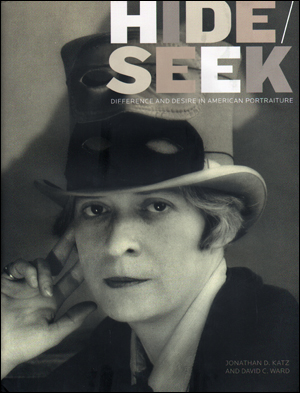Recent pressure to remove a controversial art work from the Smithsonian’s National Portrait Gallery exhibition “Hide/Seek: Difference and Desire in American Portraiture” has sparked a debate concerning the over-arching issues of free expression and artistic censorship in the nation’s capitol.

After a video component of the exhibit depicting ants crawling on a crucifix drew complaints from the Catholic League and threats of funding withdrawal from the Republican Congress, Smithsonian secretary Wayne Clough pulled the film from the exhibit. However, a number of Smithsonian officials and other commentators have decried Clough’s action and Congress’ stance on the matter, stating that the religious objections to the piece were merely a guise for anti-gay discrimination against late gay artist David Wojnarowicz (who created the video) and the gay focus of the exhibit overall.
“Hide/Seek: Differnce and Desire in American Portraiture” was the first major exhibit to explore gay themes throughout the history of art. Now, individuals like Kaywin Feldman, president of the Association of Art Museum Directors, feel that this critical step forward ahs been squashed by political manipulation.
“Once again, art museums allow themselves to be used. We were used for someone else’s agenda,” Feldman said.
Kerry Brougher, chief curator of the Hirshhorn Museum, added that pulling the video is significant because “an artist’s voice was silenced…while it was in the midst of speaking” – a dangerous move in a time when “we desperately need to listen to artists in our society.”
Despite objections like those voiced by Brougher and Feldman, however, the painful reality of deep cuts in art funding compelled Clough to remove the video in the interest of preserving vital money for museum programs.
President of the American Association of Museums Ford Bell announced that, in the wake of this incident at the Smithsonian, “this is a moment for the museum community to step up and do what it does best: to use its enormous creative and intellectual resources to tell important stories.” Bell noted that far too many museums have excluded work by gay and lesbian artists in the past, and the job of promoting equal artistic expression cannot and should not be left up to the Smithsonian.
According to Bell, censorship incidents create “an opportunity for us to talk about these exhibitions in context when they occur and why freedom of expression is important.”











